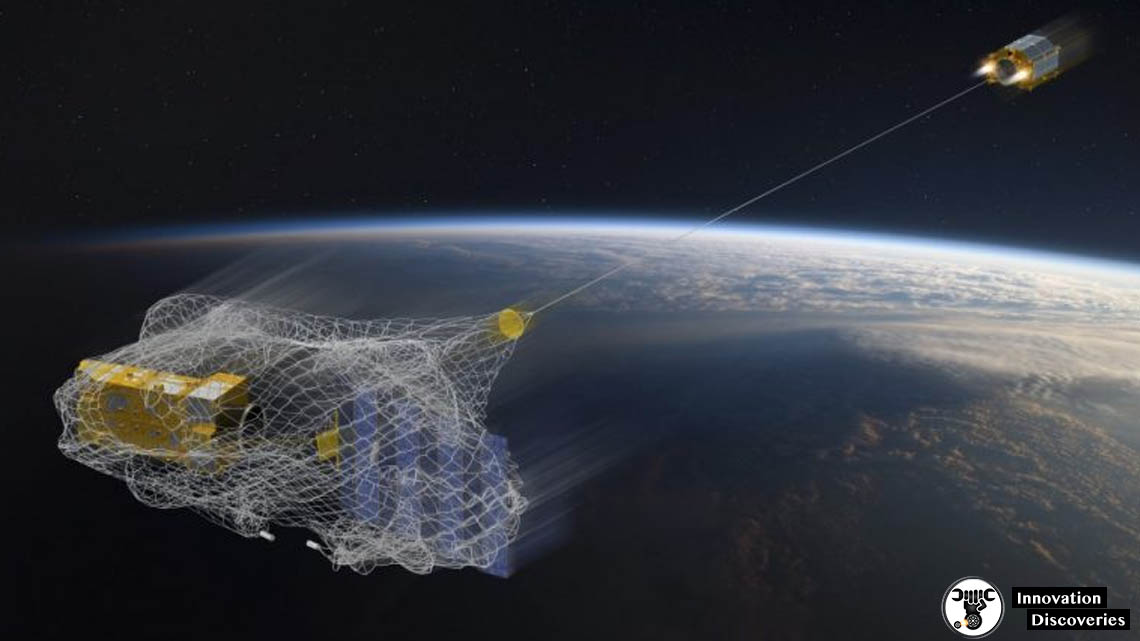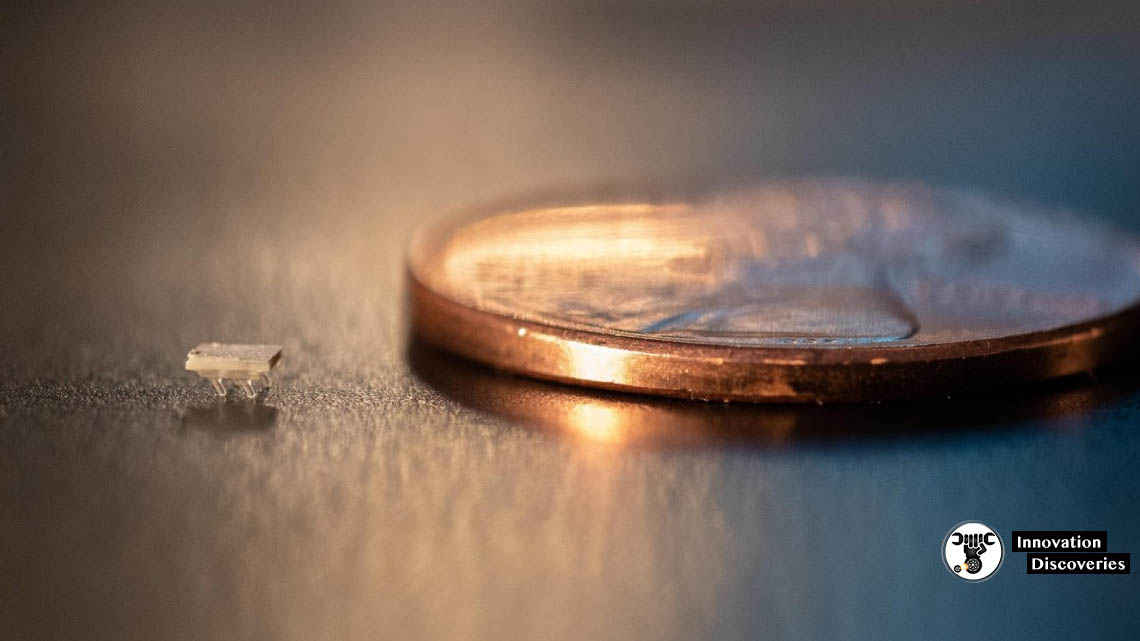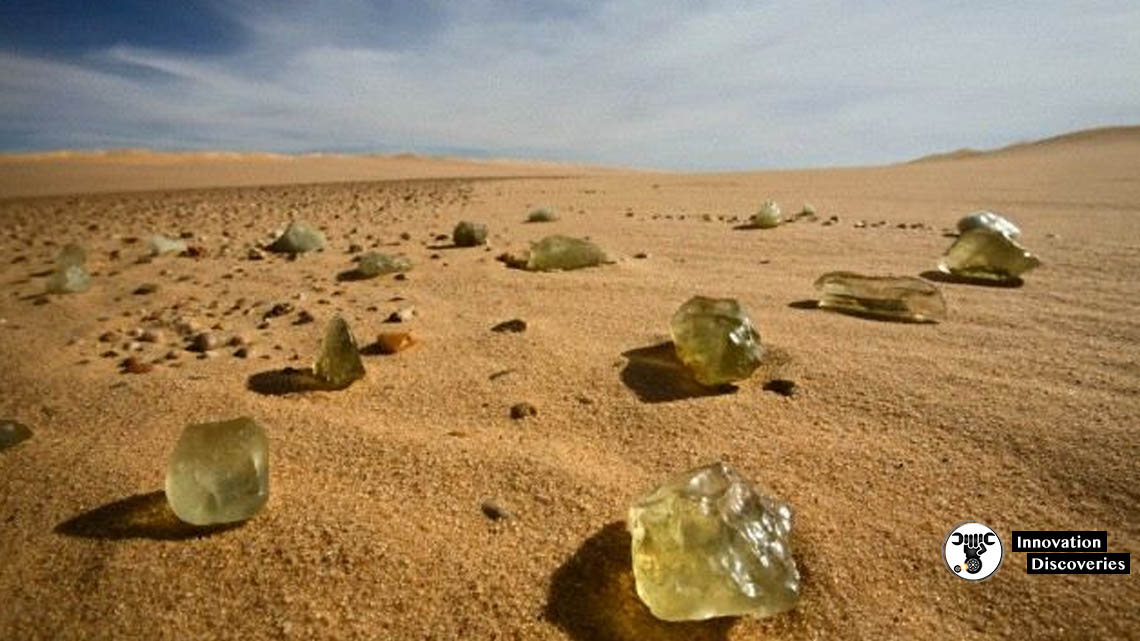
This was found in an equally strange section in the Sahara desert that is littered with unique yellow glass. The stone is nicknamed the Hypatia stone. The scientists did not know it at the time but it was later discovered that it had an extraterrestrial origin. A further study came no closer to solving the mystery but only deepened it further.
It was discovered that the stone could predate the Solar System or could have an interstellar origin. The stone was declared as the first comet nucleus found on Earth by a team from the University of Johannesburg. Their theory had weight as it explained the formation of yellow silica glass which formed as a result of the explosion of the comet. The team discovered that the Hypatia stone is definitely a space rock but does not follow the basic recipe common to everything else in the Solar System.
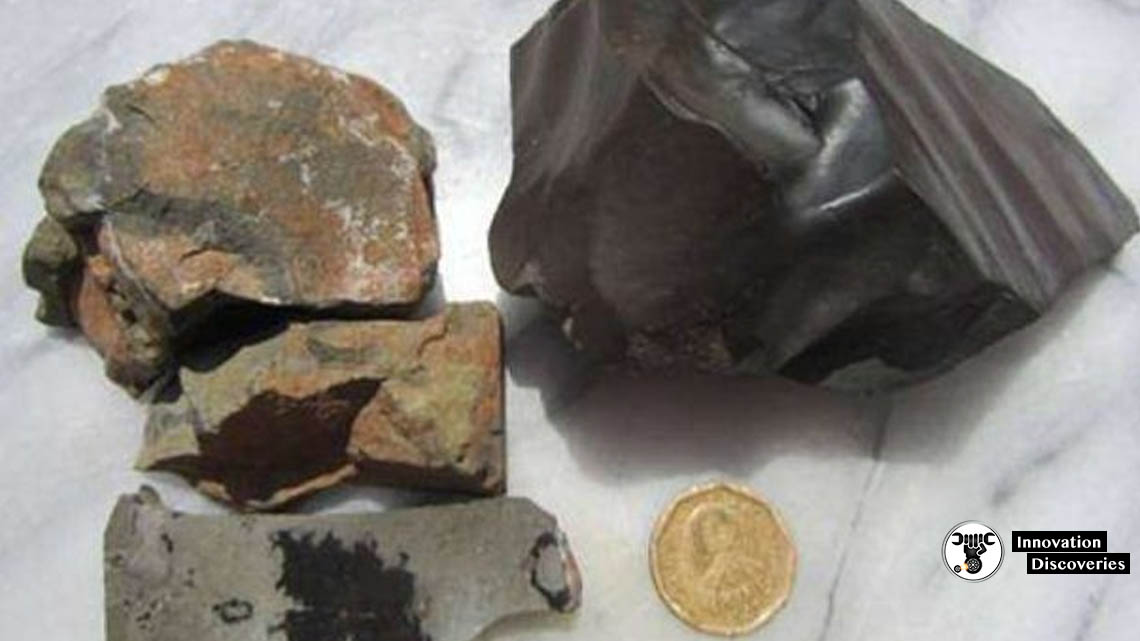
If it were possible to grind up the entire planet Earth to dust in a huge mortar and pestle, we would get dust with on average a similar chemical composition as chondritic meteorites, says Jan Kramers, lead researcher on the study. The PAH in the Hypatia stone is why it has been preserved for so long. The impact of the comet turned the carbon-rich material into a layer of micro-scale diamonds protecting it over the years. On closer inspection of the mineral grains in the stone, the researcher found some compositions that they had never even heard of before.
The aluminum occurs in pure metallic form, on its own, not in a chemical compound with other elements, explains Georgy Belyanin, first author of the study.This occurrence is extremely rare on Earth and the rest of our solar system, as far as is known in science. We also found silver iodine phosphide and moissanite grains, again in highly unexpected forms. The grains are the first documented to be found in situ without having to first dissolve the surrounding rock with acid.
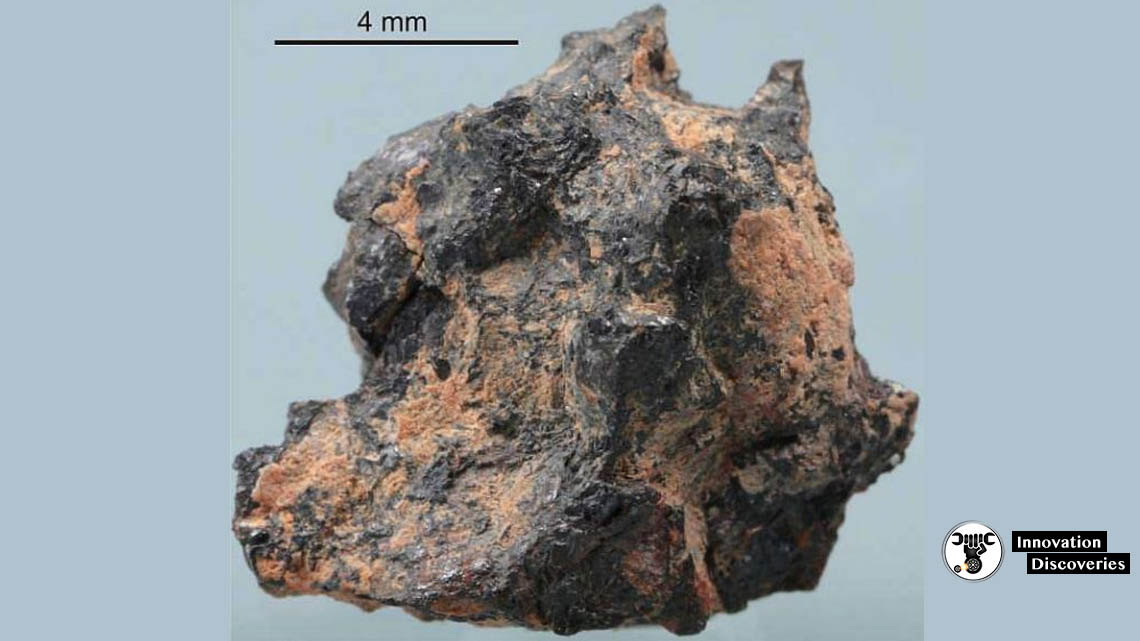
If Hypatia itself is not presolar, both features indicate that the solar nebula wasn’t the same kind of dust everywhere – which starts tugging at the generally accepted view of the formation of our solar system». One thing that the team says is known for sure is that the strange stone was formed in an extremely cold environment of below -196° C .



